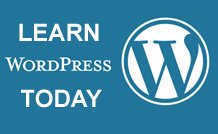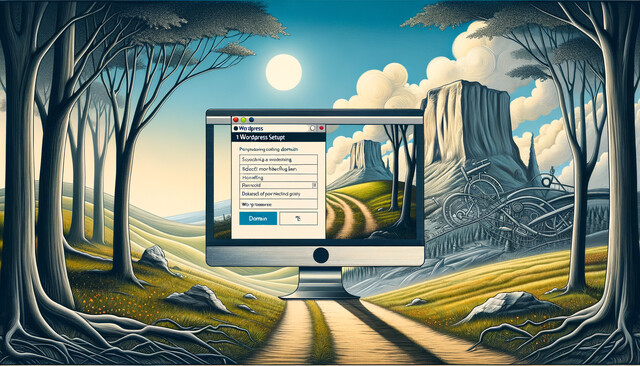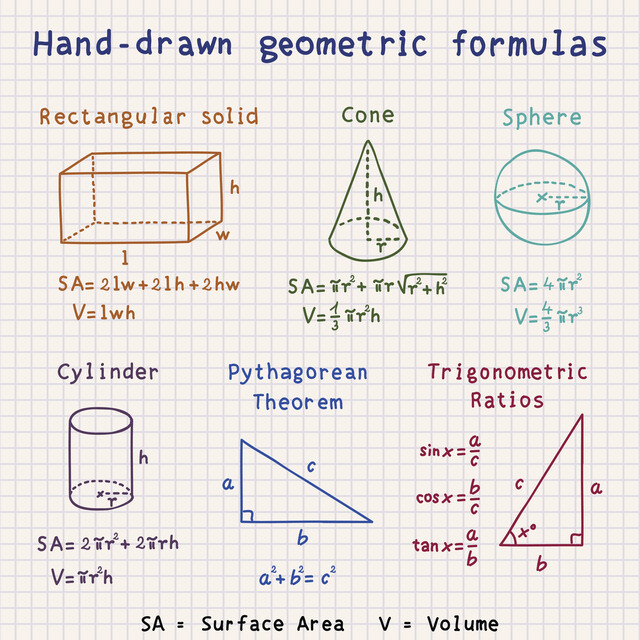Creating WordPress Websites
Empower Your Ideas: Build Stunning WordPress Websites Today

Unlock the limitless potential of the digital realm with our "Creating WordPress Websites" course--an essential roadmap to online success. Imagine effortlessly crafting stunning, dynamic websites that draw users in and leave a lasting impact. This course transforms absolute beginners into confident creators with hands-on, intuitive guidance every step of the way. Dive into a world where your ideas take form, powered by the robust flexibility of WordPress. Learn to shape your digital presence with personalized designs, compelling content, and versatile functionalities. Envision your website not just meeting, but exceeding your aspirations. With our expert mentoring, embrace a future where your online presence is as vibrant and distinctive as you are. Seize the opportunity to revolutionize your digital journey today.
5 Hours average completion time
0.5 CEUs
13 Lessons
28 Exams & Assignments
103 Discussions
13 Videos
14 Reference Files
20 Articles
Mobile Friendly
Last Updated December 2023
WordPress is a free open source blogging tool and content management system. WordPress can be used to create a traditional blogging site; however, it can also be used to create a standard website for business or personal use. This course focuses on creating websites using WordPress. No previous experience is needed. This course is structured in a way to help all students, regardless of their experience, learn WordPress.
Students will learn how to:
· Set up a domain and hosting account
· Set up a MySQL database on their server
· Install WordPress on the MySQL database
· Plan their website by choosing color schemes, fonts, layouts, and more
· Search for themes in WordPress
· Select, install, and activate a theme
· Add posts to their website
· Create website pages
· Add images, photo galleries, and more
· Create tags for SEO and categories to organize their posts
· Use WordPress as a content management system (CMS)
· Use widgets and plugins
· Create an ecommerce site
· Integrate WordPress with social media
· Customize a WordPress site using PHP, CSS, and HTML
· And more.
Each lesson covers a different aspect of WordPress and contains sections to teach students what they need to know. Step-by-step instructions, along with screenshots and HD video demonstrations, make learning to use WordPress a breeze. By the end of the course, all students will be able to successfully create their own customized and effective website using the information they've learned.
- Theme selection and customization
- WordPress installation and configuration
- Domain and hosting setup
- Ecommerce integration with WordPress
- Responsive web design principles
- Social media integration strategies
- Plugin utilization for extended functionality
- Image and media optimization
- SEO techniques and optimization
- CSS and HTML customization
- Content creation and management
Choose from plans starting at just $16/month (billed annually)
See Your Team Succeed
Empower your team instantly with an integrative group enrollment system. Purchase licenses in bulk with Group Discounts.


































